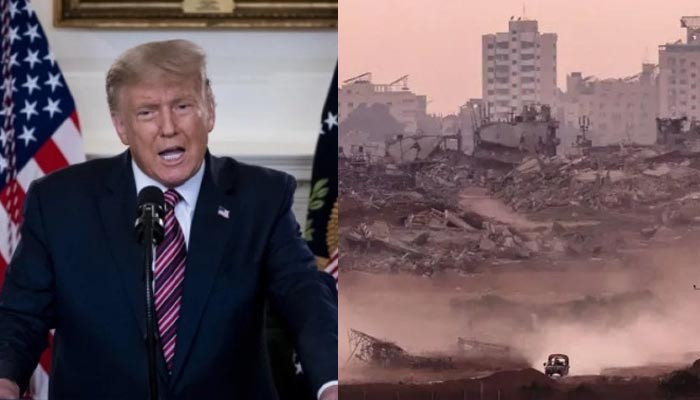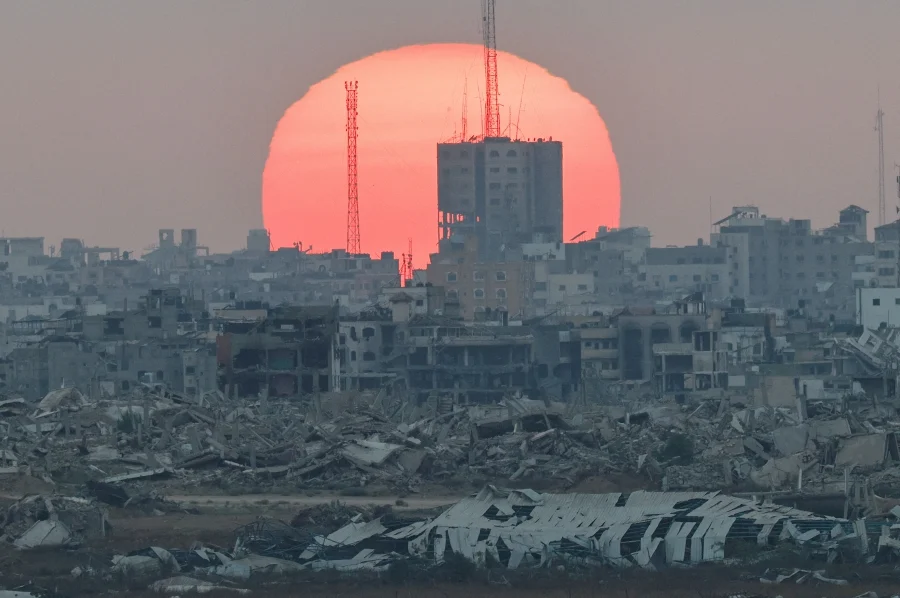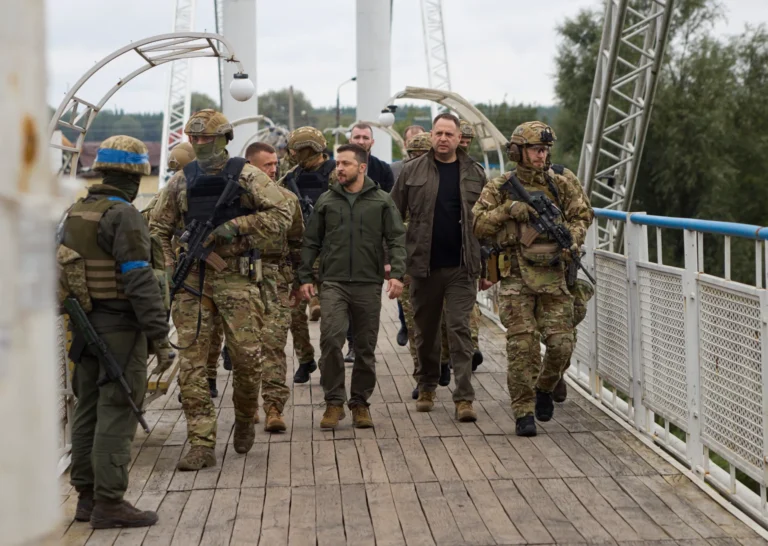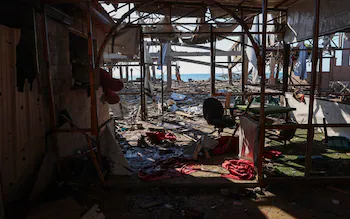
In a major diplomatic update, former U.S. President Donald Trump declared on July 1, 2025, that Israel has accepted the “essential terms” to proceed with a suggested 60-day truce in Gaza. Trump states that the temporary ceasefire is part of a larger agreement negotiated with the participation of Qatar, Egypt, and the United States—aimed at resolving the worsening humanitarian crisis in the Gaza Strip.
Trump emphasized that this offer has a deadline, cautioning Hamas that it’s their best opportunity.
“IT WILL JUST GET WORSE,” he shared on his social media, labeling it the “ultimate proposal.”
Background and Situation
The suggested 60-day truce follows months of intense shelling, loss of civilian life, and global protests regarding the severe humanitarian crisis in Gaza. Earlier discussions this year came to a standstill when Hamas turned down a similar proposal, insisting on an ongoing ceasefire and complete withdrawal of Israeli troops, terms that Israel declined to accept then.
Trump now asserts that Israel has tentatively agreed to the newest iteration of the ceasefire, which entails a temporary pullback from specific regions, permitting humanitarian assistance into Gaza, and freeing several Palestinian prisoners in return for Israeli captives. Nonetheless, Israel has not consented to a complete halt of hostilities, which continues to be a contentious issue for Hamas.
Essential Components of the Ceasefire Strategy
Temporary Suspension of Hostilities for 60 Days

Israel would pause military offensive actions for two months, permitting aid organizations and UN agencies to reach besieged areas in Gaza.
Exchange of Prisoners and Hostages
A planned exchange is said to be incorporated, involving the liberation of Israeli hostages held by Hamas and Palestinian detainees held by Israel.
Restricted Israeli Pullback
Israel has consented to abandon specific areas, but not a complete military withdrawal, as Hamas has requested in earlier discussions.
Humanitarian Accessibility and Rehabilitation
The strategy permits an influx of humanitarian assistance, comprising food, medical resources, and temporary housing, organized by Qatar and Egypt.
Mediation Involvement of Qatar and Egypt
These countries have played essential roles in offstage discussions, assisting in connecting the conflicting parties.
Obstacles and Doubts
In spite of the clear advancement, the strategy encounters several obstacles:
Hamas has not yet agreed.
Currently, Hamas has not openly supported or rejected the proposal.
A senior Hamas official told Al Jazeera that they are “carefully reviewing the proposal.”
Netanyahu’s Deliberate Strategy
Israeli Prime Minister Benjamin Netanyahu is dedicated to dismantling Hamas’s military capabilities, and he has not officially supported any lasting ceasefire.
Humanitarian Emergency Continues to Develop
The Gaza Strip remains on the brink of catastrophe.
It is estimated that over 35,000 individuals have lost their lives, while hundreds of thousands have been forced to leave their homes. The ceasefire may provide momentary solace but fails to tackle the underlying issues of the conflict.
Global Influence
The U.S., EU, and UN have been urging both sides to reach an agreement. Trump’s announcement could be intended to pressure Hamas into openly accepting the agreement.
What Happens Afterward?
Should Hamas agree to the ceasefire, implementation might commence in a matter of days, and aid organizations are currently getting ready for deployment. This would signify the first prolonged halt in hostilities since the conflict resumed last year.
If Hamas declines or demands additional terms—especially a lasting ceasefire—Israel might resume extensive military actions, and the chance for a diplomatic solution could disappear.
Trump characterized this proposal as a “historic moment” and encouraged world leaders to “urge Hamas to act correctly.” The determination of whether this is a real move toward peace or just another temporary chance will rely on the actions taken by all involved in the coming days.


